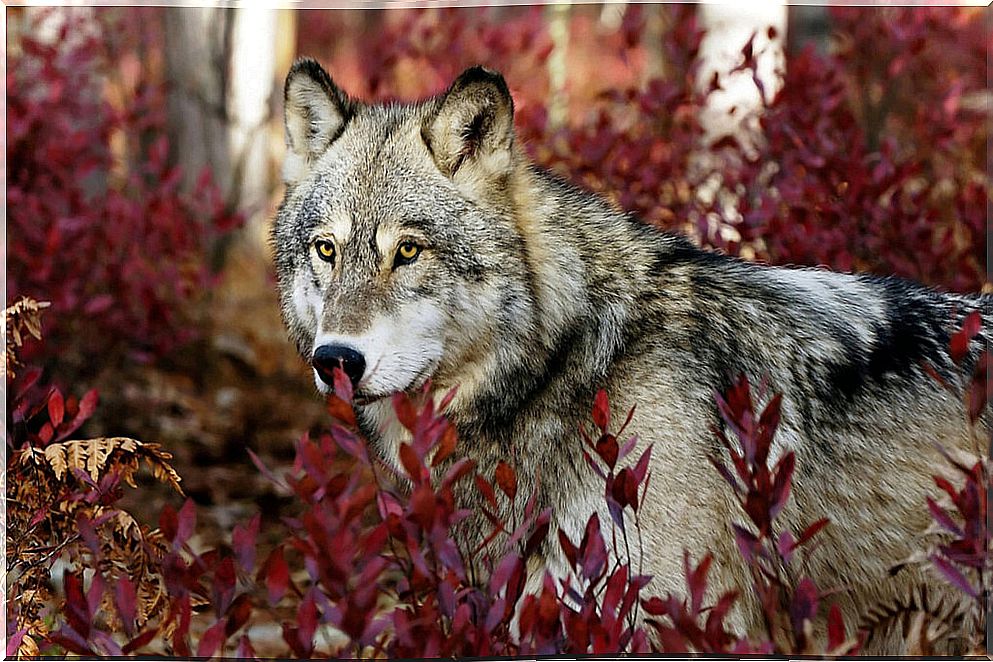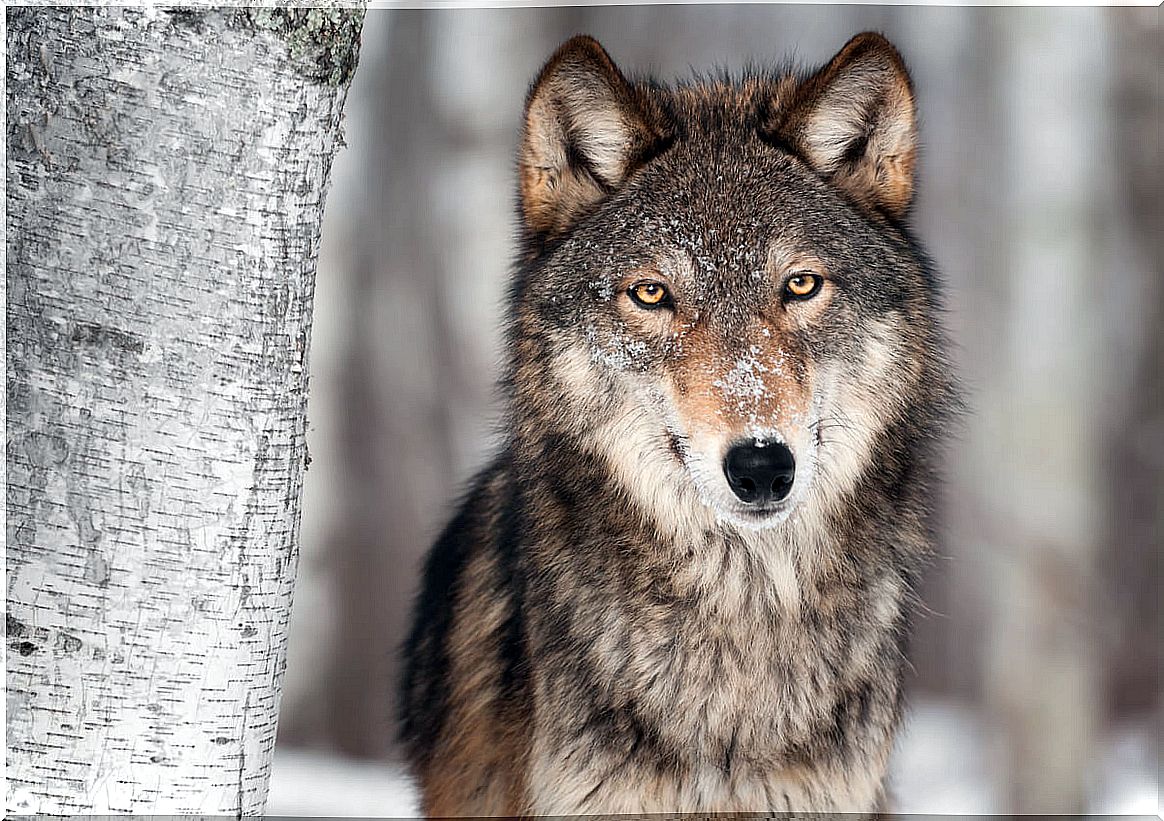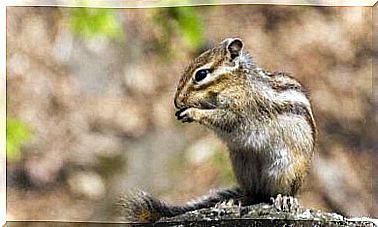Common Behavioral Traits Of Wolf Species

There are several species of wolf and they all belong to the genus Canis , which includes gray wolves, red wolves, coyotes and domestic dogs. Each species is unique in that these taxa have evolved in an evolutionary way diverging from each other and have interbred from time to time throughout their phylogenetic history.
However, there are also similar characteristics among these canine groups. They all come from a more or less common ancestor, so they have a certain intrinsic “genetic background”. Based on this premise, we present some common behavioral traits of wolf species.
How many wolf species are there in the world?
The number of wolf species has been drastically reduced, due to hunting and the destruction of their habitat. Today, the existence of the wolf near rural areas continues to be frowned upon by humans, but conservation projects make it possible to protect and reintroduce species and subspecies.
There are several species of wolf around the world. Some are endemic to certain regions and others are more heterogeneously distributed. To date, the gray wolf, the red wolf and the coyote are considered to be differentiated species. We tell you about their particularities and points in common.
The gray wolf ( Canis lupus), the largest wolf species
It is the best known species, as more than 20 subspecies are derived from the gray wolf worldwide. Some are endemic to certain regions, such as the Iberian wolf ( Canis lupus signatus ) in the Iberian Peninsula.
They are the largest specimens of the canine family, with the exception of some domestic dog breeds. Females weigh 18 to 55 kilograms and are around 1.50 meters long. Males are taller and heavier and can reach up to 80 kilograms. Their fur is long and ranges from white, gray and brown to a charcoal black coat.
The gray wolf is a social animal: it forms family groups of 5 to 8 members led by a pair of leaders. Additionally, these dogs are territorial animals, as a pack can cover around 200 square kilometers. The packs avoid the borders of their territory in order not to have encounters with others.

Red wolf ( Canis rufus )
The red wolf is intermediate in size between the gray wolf and the coyote. It inhabits some areas of the United States, Mexico and Canada. Despite the name, the reddish coat is characteristic of the more oriental populations, especially those of Texas. In addition to its size, it is distinguished from the gray wolf by its smaller body and thinner ears and legs.
This species has nocturnal habits and lives in packs, but these are smaller than those of the gray wolf. Groups are usually made up of a main pair and their young of different ages. They hunt in groups and jointly defend certain territories.
These wild canids are genetically closely related to coyotes, with which they share habitat, so it is not uncommon to see crosses between the two species.

Coyote ( Canis latrans )
Coyotes are widespread throughout North America. Unlike other species, they are very numerous.
The coyote is a smaller animal than other wolves, measuring around 80 centimeters and weighing no more than 20 pounds. The fur is also lighter than that of their congeners, greyish brown on the body, yellowish on the underside and darker on the tail.
It has prominent and erect ears and lacks the thick and long fur around the muzzle that characterizes the wolf. Unlike other wolves, the coyote is a rather solitary animal that only meets during the breeding season with other members of its species. They are monogamous animals and mate for life.
The litters are large and both parents take care of the little ones and preserve their territory. They are very adaptable to the environment and available resources, as they hunt all types of small animals, including insects and amphibians. They also eat fruit, grass, and carrion.
Like other wolf species, the coyote is also capable of hunting in packs. They communicate through vocalizations, as they are recognized for miles for their particular howl.

These are some of the common behaviors in various wolf species, but there are also many differences. The phenomenon of speciation provides animals with various mechanisms of adaptation, as each ecosystem exerts different selective pressures on living beings.









